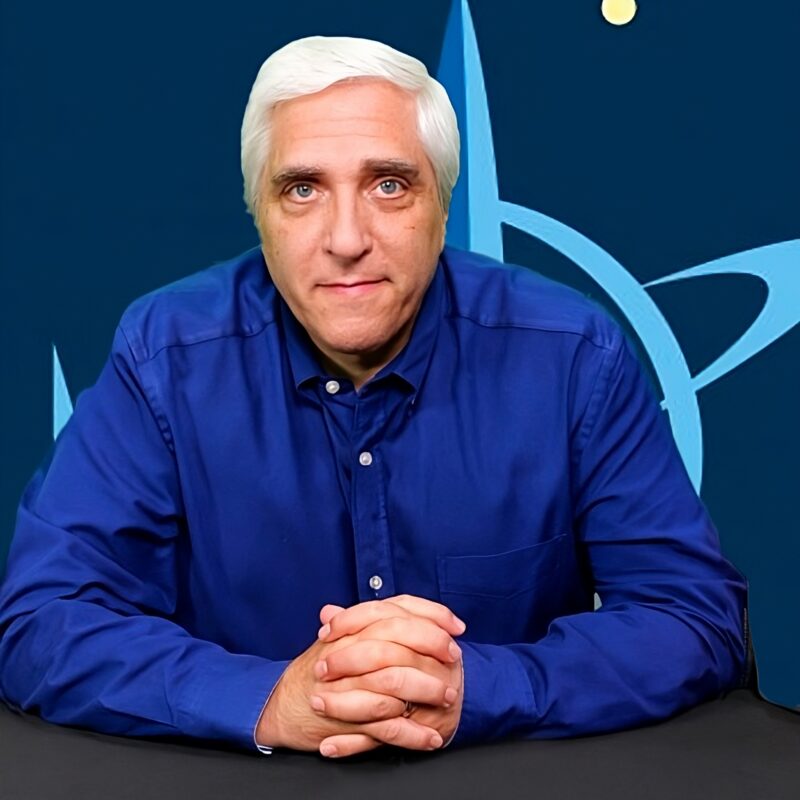Organ transplant is a potentially lifesaving medical intervention, but there is a critical lack of donor organs. Even in a wealthy country like the US, there are about 100,000 people on the waiting list for an organ transplant, but only about 23 thousand organs become available each year. About 6 thousand people die each year while on the waiting list.
For this reason researchers are looking for alternatives. For the heart, which is essentially a pump, mechanical hearts have been in development for years but the technology is very challenging as they tend to be destructive to blood cells. The record so far is living over 7 years with a mechanical heart, so we are making progress. Other organs, like livers and kidneys, don’t have mechanical alterantives.
Growing organs is another approach, but the challenge here is getting an organ to develop properly outside the environment of a developing organism. Yet another approach is printing organs with stem cells. So far, this approach requires a “scaffold” on which to print the stem cells, and these are obtained from donated organs that are denuded of cells, so this really does not solve the problem of limited donor organs.
In my opinion the best approach that is most likely to succeed is growing organs for transplant in genetically modified animals. We could genetically modify a pig, for example, so that it has an essentially human immune system. This would make a xenograft (transplant from another species) more like an allograft (transplant from the same species). In fact, with enough genetic modification, we could significantly reduce the chance of rejection and therefore the need for immunosuppressive treatment. It may even be possible to grow a pig with an individual’s immune system, not just a human immune system, to produce an organ specific to them.
While this approach is advancing nicely, we are not there yet. However – the longer people can survive on the transplant waiting list, the more likely they are to get a transplant and survive long term. Therefore, while we are developing these approaches as an ultimate solution they can still serve a purpose today. A recent study shows the potential here.
Researchers created a genetically modified pig to be compatible with a baboon recipient. Specifically they wanted to transplant the heart into an infant baboon. Infants are a special challenge for heart transplants, especially those who need transplants because they have an anatomically different heart, such as a single ventricle. Mechanical hearts often don’t work as well in these infants because they are not as adaptive moment-to-moment to demand for blood flow to the lungs and body. These infants do not survive long with mechanical hearts.
In the study 14 baboon recipients survived for several months with the transplanted modified pig heart, with one surviving for 21 months. In one case they were also able to then replace the pig heart with an allograft from another baboon, showing this is possible.
The idea here is to use these genetically modified xenograft hearts to buy time for infants on the transplant waiting list until a compatible human heart is found for them. If we can consistently achieve survival time to several years that would allow many more infants to survive until they get their permanent transplant.
And of course, it is possible for this approach to ultimately work so well that a modified pig heart could be their permanent transplant. With sufficient genetic modification, such transplants might not even need immunosuppression treatment.
The process, such as that used by one biotech company, Revivicor, who is developing this technology, is to genetically modify skin cells taken from a pig. The make genetic edits to reduce the size of the organs to be more compatible with a human recipient, to reduce blood clotting, and to reduce rejection. Then then use the DNA from those cells to insert into embryos where the DNA was removed, to clone the pigs. At this point they have 10 genetic modifications in the cloned pigs.
How close are we to having people on the donor waiting list get modified pig organs? Still years away, but ideally not that many. The company is looking for FDA approval to start human trials soon. If all goes well, we could be 5-10 years away from this being a medical reality.
Of course, this approach is not without its ethical controversy (which goes back to Baby Fae, the infant who received a baboon heart xenograft). Some have raised concerns over creating animals specifically to be sacrificed. However, we raise billions of animals to be slaughtered for food, and this is arguably a better purpose. I know this is not an answer for those who oppose raising animals for food, but while this is legal and accepted it is inconsistent to oppose raising animals for organ transplantation.
Another concern raised is that these organs might be a disease vector. This, of course, is where regulation comes in. Revivicor claims its animals are all raised with the highest ethical standards, and in a disease-free environment. This certainly can be a condition of FDA approval.
This approach can potentially save many lives, improve quality of life for organ recipients, and save the system a tremendous amount of money. The potential advantages are so large, I don’t see the ethical concerns being a significant barrier. Many of us likely know someone who died on an organ transplant waiting list (I do). When facing your own death or the death of a loved-one, people will accept this alternative. Eventually it will become routine, like IVF (which was originally opposed on ethical grounds).
We should also consider the ethical advantages of this approach. Having a virtually unlimited source of donor organs eliminates or significantly reduces many ethical problems, such as the equitable sourcing and availability of donor organs for those on the waiting list. In my opinion this technology is a massive net positive, one that we should embrace and if anything accelerate.


